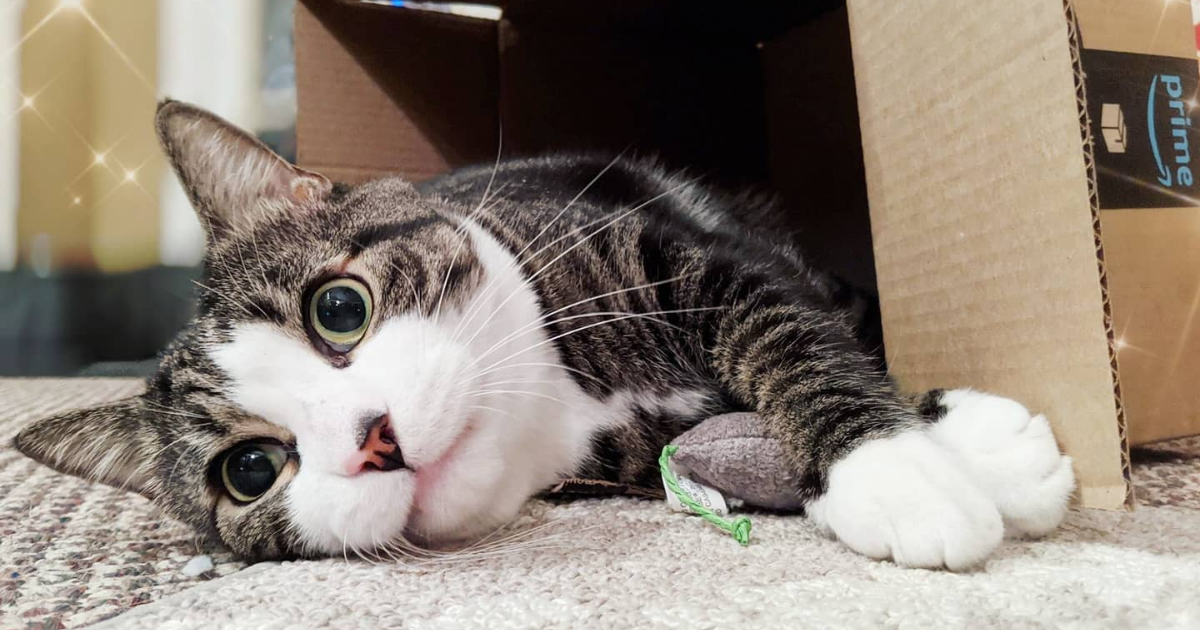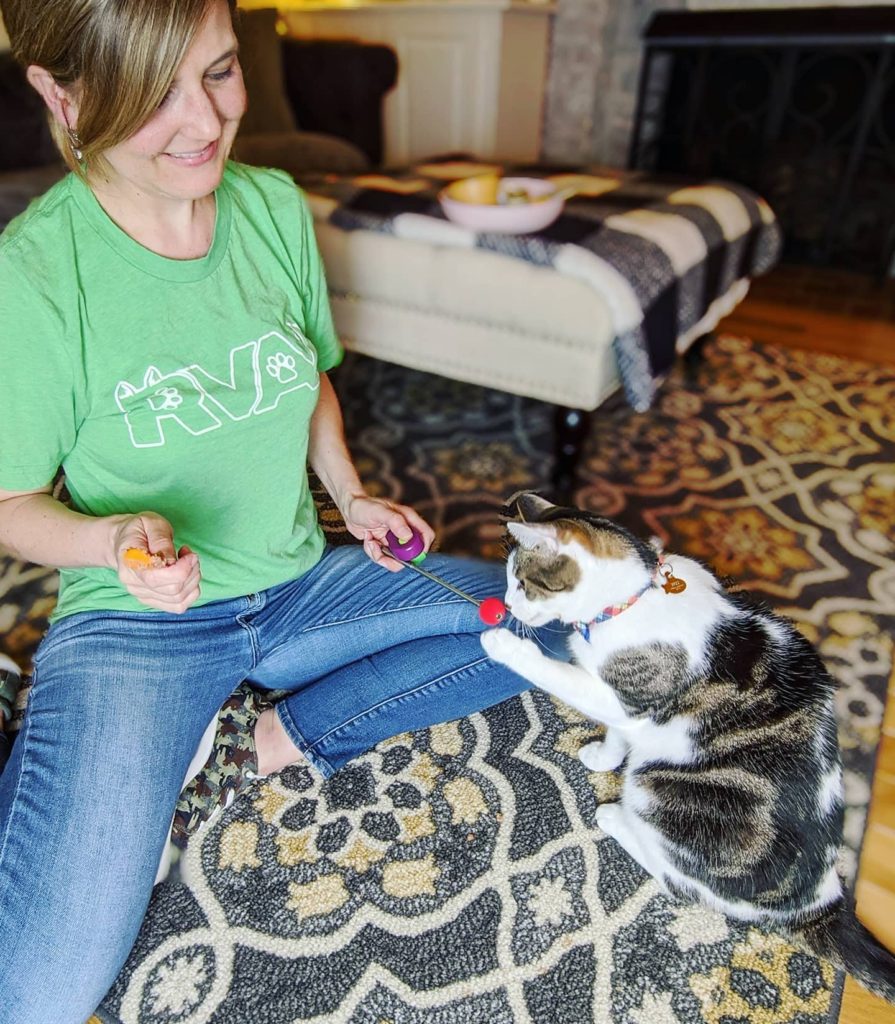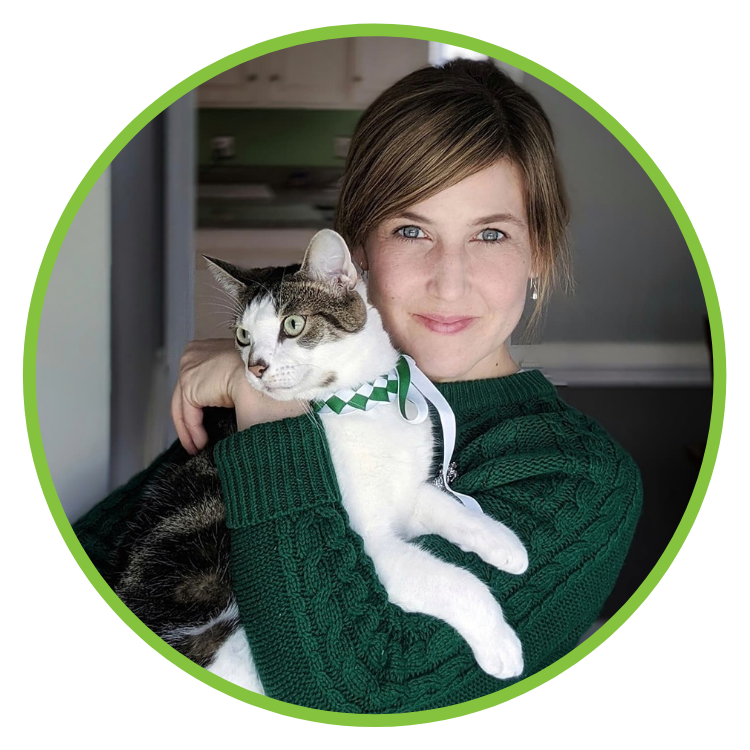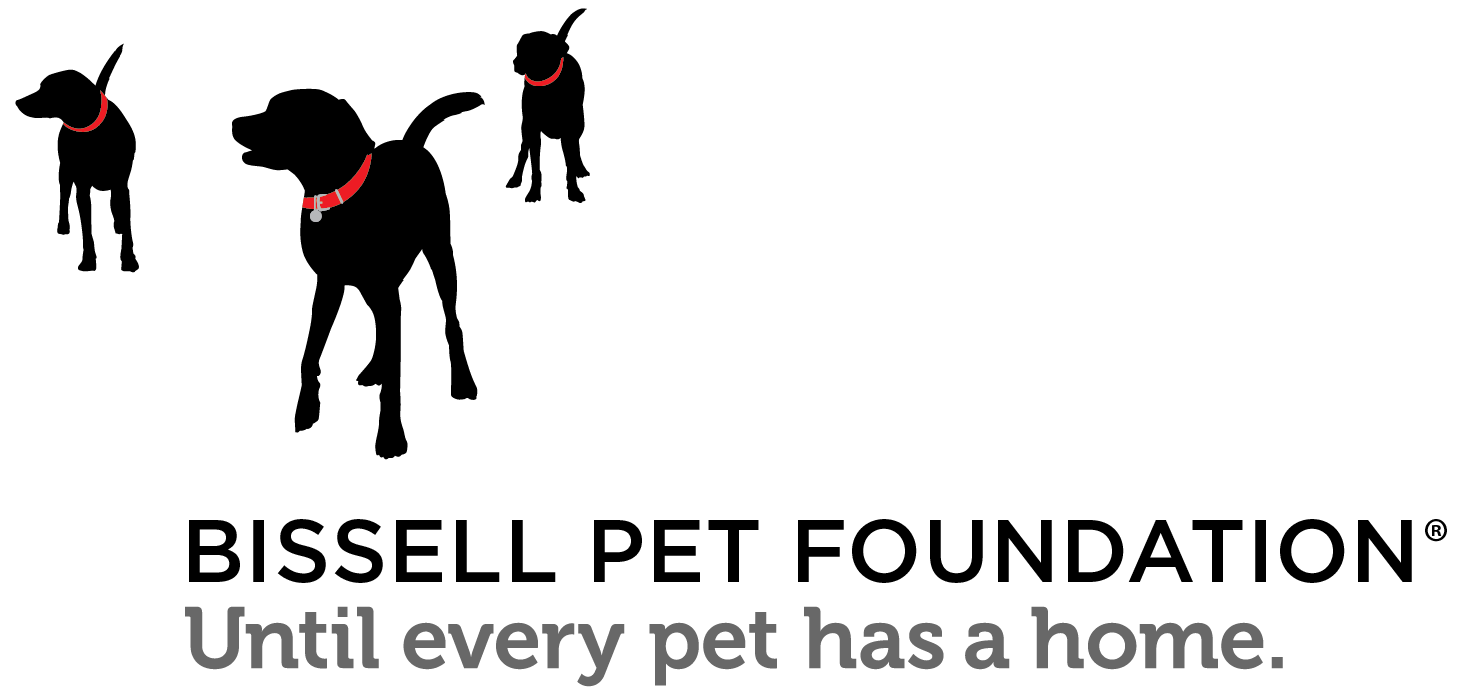Ask the Behavior Helpline: Helping your pet fall back in sync with the time change

Last night most of the US set back our clocks an hour with hopes of picking up an extra hour of sleep with the end of Daylight Saving Time, but many of us with pets found that our companions’ internal clocks are not as easily reset. We took this question to our cat behavior specialist, Meghan Kleppinger, for advice after the time change.
Learn more about the Richmond SPCA’s pet behavior resources.
Q: I could use some advice to help find the “snooze” button on my feline alarm clock. Or even better, I’d like to figure out how to set him for a later wake up call. Lately he begins the wake-up routine around 5 a.m. It used to mean standing on my chest and purring, which was tolerable because he’d eventually settle down beside me and rest for awhile.
However, now he has begun loud meowing, running sprints through my bedroom or up and down the hallway, and scratching of doors to get my attention. If I try shutting him out of the room, he’s fairly persistent about scratching the door, which I have to get up to stop.
A: Cats are creatures of habit, and the one-hour time change from daylight saving? Well, they didn’t get the memo. It usually only takes a few days to adjust to standard time, but if you already have a chronic early riser, it can be challenging to sync their schedules with yours.
From the start, we have to be extra careful not to reinforce the early wake-up call behavior by inadvertently rewarding them. For example, if your cat wakes you up, chances are, in your half-awake fog, you will feed or hand them a toy to appease them so you can go back to sleep. However, what they have learned by this one decision is that waking you up results in getting what they want. So for them, this is a great plan they should continue to implement.
So what can be done to prevent or modify the behavior? Well, it’s all in what happens in the hours before you go to sleep.
If your cat is coming to wake you up for food, which is usually the case, the best thing to do is remove yourself from the morning feeding routine equation with an automatic feeder. Start by feeding your cat later in the evening and then gradually moving back to the preferred feeding time. In the morning, set the automatic feeder for 15-30 minutes before they typically wake you up. They will look at the feeder as their breakfast food source and not you. You can gradually change the time if you want them to have a later meal time. There are feeders with multiple compartments, so you can even put a timer on for snacks, and other options if you primarily feed wet food.

The other common scenario is a cat waking you because they want to play. Typically, this behavior is more likely to happen in the middle of the night rather than in the morning. They have saved up energy from the day they are looking to spend it somewhere, so I recommend a vigorous 15-minute play session with your cat in the evening before you go to bed. End the session on a positive note with a small snack using an interactive treat dispenser or food puzzle (also great for curbing hunger and expending additional energy). My favorite evening playtime toy is the GoCat Da Bird Feather wand toy. Before you go to bed, set the house up with plenty of toys for them to discover to include toys to bat around, catnip toys and quiet interactive toys. I recommend keeping half of the toys in a closet and rotating them weekly to offer variety. You can also have certain toys that only come out for nighttime play.
Knowing your cat is safe, has entertainment, food and water, try to ignore any attempts to wake you. After a few days of learning that there is no fruit to their labor, the behavior should dissipate. You are training them out of the behavior. It’s always a good idea to visit your vet to rule out any underlying medical conditions if the behavior continues.

Meghan Kleppinger is a long-time Richmond SPCA Blue Team volunteer who recently joined the Behavior Helpline staff as a cat behavior specialist. She continues to volunteer with shelter cats, specializing in helping scared or under-socialized cats adjust to the shelter environment and gain confidence to help them find homes. She assists guardians with all types of cat behavior questions through our free helpline and revels in helping those who believed themselves to be “at wits end” restore the bond with their companions.
Meghan is a Certified Feline Training and Behavior Specialist (CFTBS) and current postgraduate Clinical Animal Behavior student at the University of Edinburgh’s veterinary college. She shares her home with Maestro, Birdie and Ace, a diabetic Richmond SPCA alumnus.



